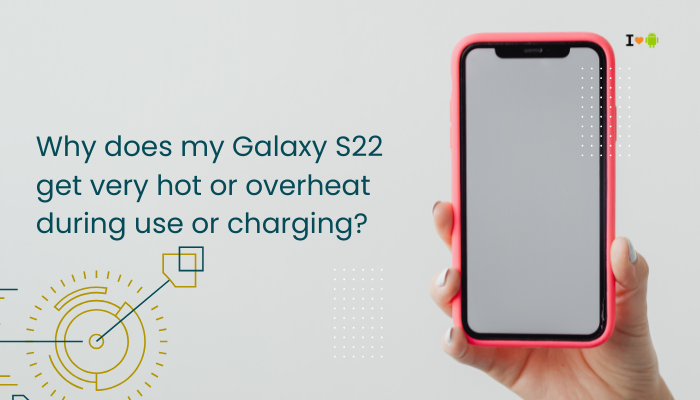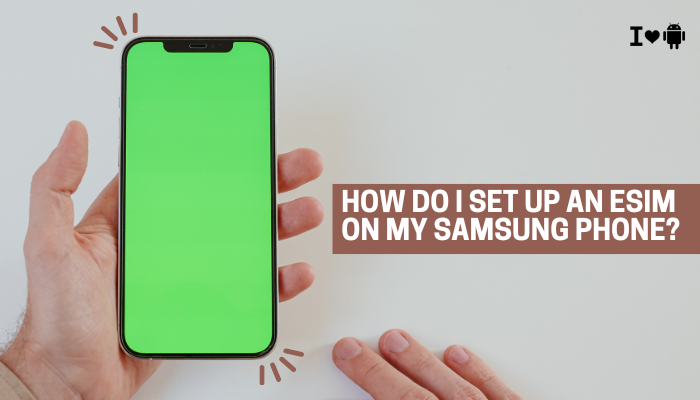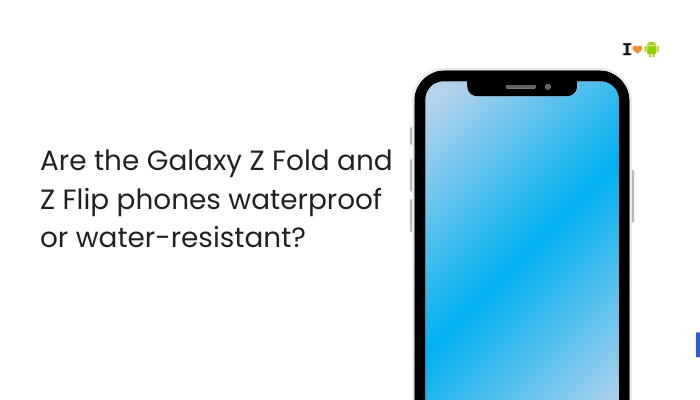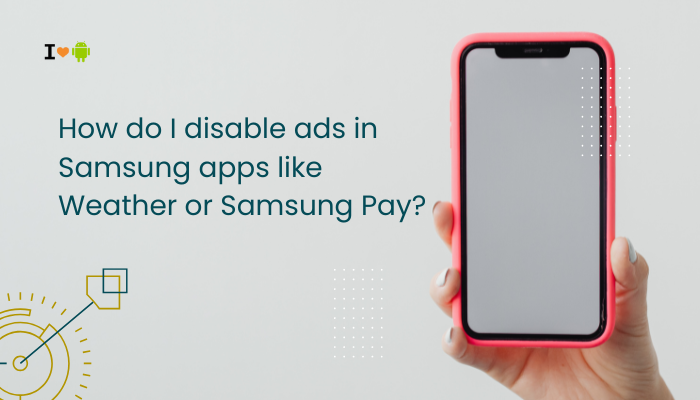The Samsung Galaxy S22 is packed with cutting-edge features like a high-refresh AMOLED display, 5G connectivity, and a powerful Snapdragon or Exynos processor. While it delivers top-tier performance, some users have reported that the device gets unusually hot—especially during tasks like gaming, using the camera, or charging. If your Galaxy S22 becomes uncomfortably warm or shows a temperature warning, you’re not alone.
Overheating can be caused by intensive usage, environmental factors, background processes, or software-related bugs. While some warmth is normal during performance-heavy operations, excessive or frequent overheating is a sign that something needs adjustment.

🔥 Common Situations Where Overheating Occurs
- While fast charging or wireless charging
- During extended gaming or video editing
- When using the camera, especially for 4K or 8K video
- While connected to 5G or hotspot tethering
- When streaming HD content or using AR apps
- After installing a major software update
- During app updates or syncing large amounts of data
🧠 Main Causes of Overheating on Galaxy S22
Fast Charging Generates Heat
The Galaxy S22 supports Super Fast Charging (up to 25W), which can cause the phone to heat up—especially if charging in a warm room or using the phone while charging. Wireless charging also adds to heat due to power transfer inefficiency.
Processor Load During Gaming or Streaming
Intensive apps (like PUBG Mobile, Genshin Impact, or video editors) put pressure on the CPU and GPU, increasing power draw and resulting in higher temperatures.
Background Apps and Services
Apps running in the background—especially social media, location tracking, or syncing services—can consume resources even when the phone is idle, contributing to heat.
High Screen Brightness and 120Hz Refresh Rate
The S22’s Dynamic AMOLED 120Hz display delivers silky smooth visuals, but high refresh rate combined with high brightness drains battery and increases thermal output.
5G and Poor Signal Areas
The modem in the Galaxy S22 can overwork itself when searching for 5G signals or switching frequently between 5G, 4G, and Wi-Fi, especially in poor coverage zones.
Software Glitches or App Bugs
Sometimes a background process (like a stuck sync, update loop, or misbehaving app) can cause the phone to heat up unexpectedly. This is common after system updates or app installs.
Hot Environments or Direct Sunlight
Using the phone under direct sunlight or in hot environments (e.g., in a car dashboard) will naturally elevate the device temperature beyond safe limits.
✅ How to Fix Overheating Issues on Galaxy S22
Avoid Using Phone While Charging
- Don’t stream videos or game while the phone is charging
- Use Samsung’s original 25W charger or a certified PD 3.0 PPS adapter
- Charge in a cool, ventilated area
Charging while using resource-heavy apps leads to heat buildup.
Limit High-Performance Settings
- Go to Settings > Display > Motion smoothness > Set to Standard (60Hz)
- Reduce screen brightness or enable Adaptive brightness
Lower refresh rates and brightness reduce GPU and power consumption.
Close Background Apps
- Tap Recent apps > Close all
- Go to Settings > Battery and device care > Memory > Clean now
- Add unused apps to the Deep Sleeping Apps list under Battery > Background usage limits
This reduces unnecessary processing in the background.
Disable 5G (If Not Needed)
- Go to Settings > Connections > Mobile networks > Network mode
- Select LTE/3G/2G (Auto connect)
Prevents modem from constantly switching bands and overheating in weak signal areas.
Turn Off Always-On Location, Bluetooth, and Scanning
- Disable Wi-Fi and Bluetooth scanning under Settings > Location > Improve accuracy
- Turn off Nearby device scanning under Connections > More connection settings when not needed
These background sensors keep the CPU active and increase thermal load.
Update System and Apps
- Go to Settings > Software update > Download and install
- Update all apps via Google Play Store > Profile > Manage apps > Update all
Samsung and app developers regularly release optimizations to reduce thermal strain.
Clear System Cache
- Power off your phone
- Hold Volume Up + Power to enter Recovery Mode
- Select Wipe cache partition using volume buttons, then press Power
- Reboot the system
This helps eliminate temporary files that may be causing background overheating after updates.
Use Power Saving Mode
- Go to Settings > Battery and device care > Battery > Power saving mode
- Enable and customize to limit CPU speed, 5G, background usage, and screen refresh rate
Helpful when you don’t need full performance and want to reduce heat generation.
🛠 When to Contact Samsung Support
Seek help if:
- Your phone shows frequent temperature warnings
- It shuts down or throttles performance due to overheating
- The battery swells or back panel bulges (sign of serious heat damage)
- Heat is felt even during idle with the screen off
Use the Samsung Members app > Support > Diagnostics > Battery and Thermal to run tests and report the issue.
⚠️ Myths vs. Facts
| Myth | Truth |
| “All overheating is hardware failure” | Not true — most cases are software-related or usage-based |
| “More apps = more heat” | True, especially apps using GPS, camera, or data |
| “Wireless charging is cooler than wired” | False — wireless charging generates more heat |
| “Gaming phones never heat up” | False — all phones produce heat under load |
✅ Conclusion
The Galaxy S22 can get warm during regular use, especially when charging, gaming, or using power-hungry apps. Most overheating issues are caused by high refresh rates, background activity, poor signal areas, or intensive usage patterns.
By following the above tips—such as lowering display settings, managing background apps, and charging in cool conditions—you can minimize heat generation and keep your phone running safely. If the issue persists or worsens, Samsung Support can help diagnose deeper problems.




